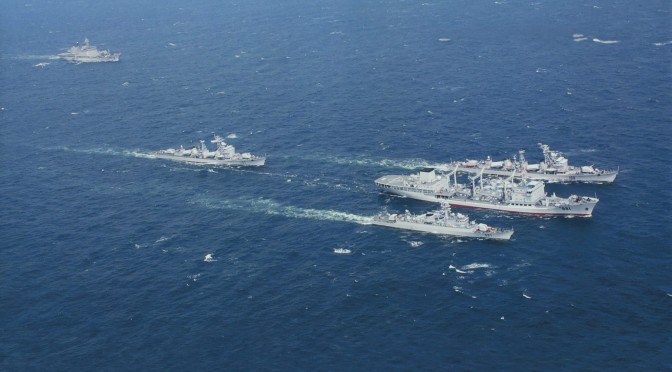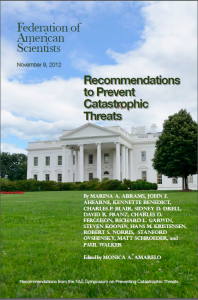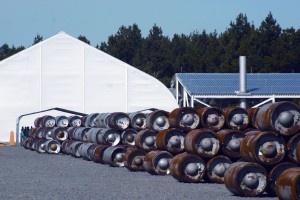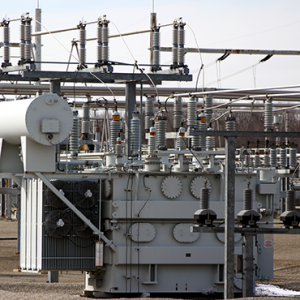This article originally featured on Reuters and was republished with the author’s permission. Read it in its original form here.
By Peter Marino

The Indian Ocean may be the only ocean named for a country, but it’ s still heavily contested territory. Both China and India, who have major strategic interests there, are suspicious of each other. Their struggle for leadership in the “emerging world” will play out for decades and all around the globe, but today the Indian Ocean is Ground Zero.
The South China Sea is home to overlapping claims by China, the Philippines, and other countries in the region. And the Arctic Ocean, increasingly, has seen a build-up of U.S. and Russian troops, lured by the possibility of billions of barrels of untapped oil. The Indian Ocean is significant because of its strategically important sea lanes — particularly for India and China, two of the world’s largest importers.
China imports most of its oil by sea, and 80 percent of it crosses the Indian Ocean before it passes through the Straits of Malacca, on its way to the Chinese market. Beijing is very concerned about its dependency on a waterway it does not control, and is using diplomacy, both carrots and sticks, to ensure that it can continue to access the sea lanes. As part of this effort, Xi Jinping’s “maritime silk road” program will offer cheap Chinese financing to cash-strapped governments for trade and industrial infrastructure along such routes.
China is using hard power as well. Through China’s longstanding alliance with the Pakistani government, it has funded improvements at the deepwater port of Gwadar, Pakistan, where a state-owned Chinese company now has a 40-year management contract. That agreement allowed the port to host ships owned by the People’s Liberation Army Navy, giving the Chinese a permanent, or at least semi-permanent, presence in the region.
China’s participation, since 2012, in the international anti-piracy coalition that mans the Gulf of Aden has also allowed it to operate in the Western Indian Ocean, where it is reported to be conducting studies of the sea depth, presumably to aid future submarine patrol missions.
Delhi has been paying close attention, and is mobilizing its own diplomatic and hard-power tools to shore up its influence in its home region. Indian foreign aid, while not yet on the scale of Chinese state investment, is being spread liberally to countries near the Indian Ocean, especially to Bangladesh and Sri Lanka. India’s proximity and cultural similarities give it some advantages over the Chinese efforts. Nationalist Prime Minister Narendra Modi has been notably active in this area, making the first trip by an Indian PM to Sri Lanka in 28 years as part of the push to improve bilateral relations.
Moreover, Delhi is aware of the gap between the strength of its own forces, and that of the Chinese People’s Liberation Army, which has been modernizing for 20 years. India is opening up its checkbook for better equipment, including a multi-billion-euro deal for advanced Rafale fighter jets from France to replace its aging Russian Sukhois. And it is becoming less shy about the idea that it is countering China at sea. When U.S. Secretary of Defense Ashton Carter visited Delhi in June this year, he signed early paperwork establishing a collaboration to develop India’s next generation of aircraft carriers. Because China had recently launched its first aircraft carrier, the Liaoning, and was constructing two more, the motivation behind this proposed Indo-U.S. partnership was unmistakable.
Despite these conflicting interests, China and India could still have room to collaborate on several major global issues. As two of the world’s biggest importers of agricultural goods, minerals and energy, they share an interest in working with exporters to help smooth out price volatility in commodity cycles. And as countries that will be “great powers” while still relatively poor, they should work with each other to push through reforms at the United Nations, World Bank and other international groups that were set up by the rich world. Their shared interest in a peaceful and stable Southeast Asia should contribute to their joint participation in peaceful diplomacy there, too.
But for the moment, Delhi and Beijing are mostly in a mode of competition in the Indian Ocean, and the tendrils of their struggle extend even further, across the steppes of Central Asia, to the Western part of Africa, and into the Persian Gulf, as well. The Indian Ocean is the one major ocean not bounded by one of the existing great powers, which makes it the perfect locale in which the struggle for primacy in the “emerging world” can play out. What we are seeing now is only the beginning.
Peter Marino holds an MSc in Global Politics from The London School of Economics and is a graduate of Norwich University. He lived in Shanghai from 2003 to 2008 and served as head of China development for London-based Aurigon, Ltd. He founded and sold Quaternion, a political risk startup, and is currently establishing a new Think Tank for International Affairs aimed at promoting engagement with the “Millennial Generation.” He also produces Globalogues, a video blog with commentary on global politics and economics. The views expressed in this article are his own.









